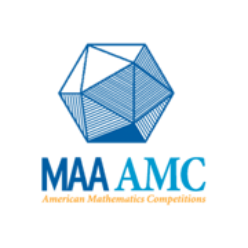Day 1
Problem 1
Let ![]() ,
, ![]() ,
, ![]() be real numbers greater than or equal to
be real numbers greater than or equal to ![]() . Prove that
. Prove that![]() Solution
Solution
Problem 2
Let ![]() be a non-equilateral, acute triangle with
be a non-equilateral, acute triangle with ![]() , and let
, and let ![]() and
and ![]() denote the circumcenter and orthocenter of
denote the circumcenter and orthocenter of ![]() , respectively.
, respectively.
(a) Prove that line ![]() intersects both segments
intersects both segments ![]() and
and ![]() .
.
(b) Line ![]() intersects segments
intersects segments ![]() and
and ![]() at
at ![]() and
and ![]() , respectively. Denote by
, respectively. Denote by ![]() and
and ![]() the respective areas of triangle
the respective areas of triangle ![]() and quadrilateral
and quadrilateral ![]() . Determine the range of possible values for
. Determine the range of possible values for ![]() .
.
Problem 3
Let ![]() be the set of integers. Find all functions
be the set of integers. Find all functions ![]() such that
such that![]() for all
for all ![]() with
with ![]() .
.
Day 2
Problem 4
Let ![]() be an integer, and let
be an integer, and let ![]() denote the sum of the digits of
denote the sum of the digits of ![]() when it is written in base
when it is written in base ![]() . Show that there are infinitely many positive integers that cannot be represented in the form
. Show that there are infinitely many positive integers that cannot be represented in the form ![]() , where
, where ![]() is a positive integer.
is a positive integer.
更多USAJMO 历年真题+真题详解
扫码添加顾问即可免费领取

